Wool, one of nature’s most versatile fabrics, has woven its way through the tapestry of human civilization for thousands of years.
Renowned for its durability, warmth, and inherent style, this ancient material seamlessly blends natural beauty with contemporary living, making it an indispensable fabric in our modern wardrobe.
Table of Contents
Where does Wool come from?
The story of wool begins around 6000 BCE in the Middle East, where ancient people started domesticating wild sheep.
As time passed, the art of wool production spread across the world, with different cultures developing their own techniques for processing and designing with wool.

From ancient Roman cloaks to Viking sails, wool has played a significant role in shaping human societies.
How is Wool made?
The process of turning sheep’s fleece into the wool we know and love involves several steps. It all starts with sheep farming, where various breeds are raised for their specific wool qualities.
Once a year, usually in the spring, the sheep are carefully sheared to obtain the wool fibers without harming the animals.
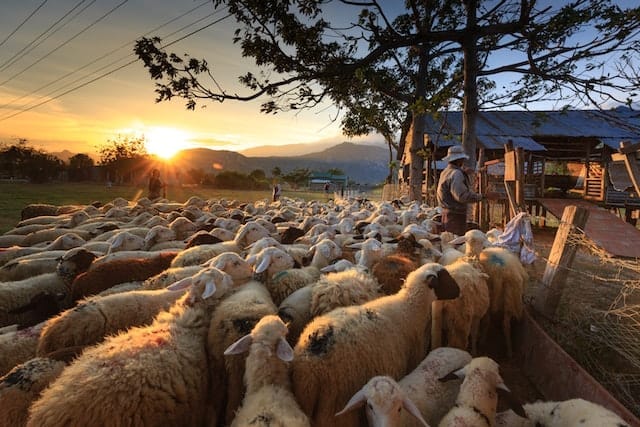
After shearing, the wool is sorted and graded based on factors like quality, length, color, and strength. It then undergoes cleaning, or scouring, to remove natural oils and dirt.
The clean wool is carded to untangle and align the fibers before being spun into yarn. This yarn can be dyed in a wide range of colors and then woven or knitted to create the final wool fabric.

Ultimately, the finished wool fabric is crafted into the garments, textiles, and diverse woolen products familiar to consumers today.
Types of Wool
- Merino: Originating from Spain but now primarily associated with Australia and New Zealand, Merino wool is renowned for its softness, fineness, and ability to regulate temperature.
- Lambswool: Derived from the first shearing of a young sheep, lambswool is incredibly soft and often used in luxury garments.
- Shetland: Coming from the Shetland Islands of Scotland, this type of wool is coarse, sturdy, and has a natural resistance to water.
- Cashmere: While not from sheep but from goats, this luxurious fiber is often classified with wool due to its warmth and softness.
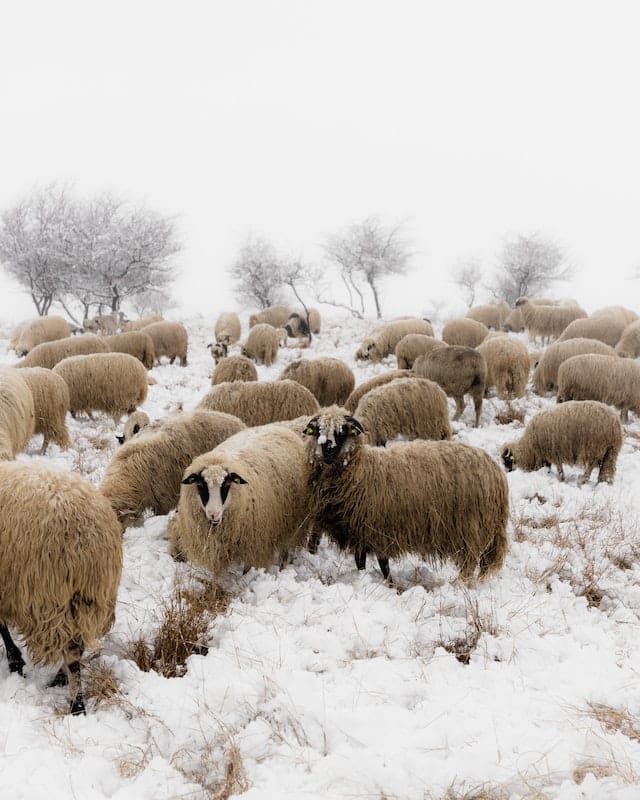
Unique Properties of Wool
- Thermal Insulation:
Wool’s crimped nature creates tiny air pockets, trapping warmth effectively. This insulation property keeps wearers warm in cold weather and cool in warm weather.

- Moisture Management:
Wool can absorb up to 30% of its weight in moisture without feeling wet, ensuring comfort for the wearer.

- Durability:
With proper care, woolen garments can last for decades. The natural resilience of the fibers means they can bend and flex without breaking.
- Fire Resistance:
Unlike many synthetic fibers, wool is naturally fire-resistant, making it safer for household items like carpets and bedding.
- Environmentally Friendly:
As a natural, biodegradable, and renewable resource, wool has a lower ecological footprint compared to many synthetic materials.
How has the wool industry evolved?
Today, the wool industry is more innovative and eco-friendly than ever before. Modern wool production involves sustainable farming practices and advanced processing techniques that result in higher-quality, longer-lasting products.

Wool is no longer just for clothing – it’s now used in home insulation, technical sports gear, and even luxury car interiors.
Exciting blends of wool with other fibers like silk and cotton are creating fabrics that offer the best of multiple materials. And the exploration of wool in biodegradable packaging and healthcare products highlights its incredible versatility.
How to take care of Wool?
Caring for woolen products involves some special considerations. To maintain their shape and luster:
- Use cold water for washing.
- Avoid wringing or twisting the fabric.
- Lay flat to dry.
- Store in a cool, dry place away from direct sunlight.
What are some creative uses for Wool?
Beyond the traditional applications in clothing and textiles, wool has found its way into a variety of innovative and creative uses:
- Crafting: Wool is a favorite material among crafters for its versatility and natural beauty. From felting and knitting to weaving and crocheting, wool lends itself to endless creative possibilities.
- Home Decor: Wool’s durability and insulating properties make it an excellent choice for home furnishings like rugs, curtains, and upholstery. Its natural fire resistance also adds an extra layer of safety to your living space.
- Sustainable Packaging: As the world seeks eco-friendly alternatives to plastic, wool has emerged as a promising material for biodegradable packaging. Its natural antibacterial properties and ability to regulate humidity make it ideal for packaging food and other perishables.
Why should I choose wool over synthetic fabrics?
In a world increasingly concerned with sustainability and environmental impact, wool stands out as a natural, renewable, and biodegradable choice.
Unlike synthetic fabrics derived from petroleum, wool is a product of nature that will eventually return to the earth without leaving harmful residues.
Moreover, wool’s inherent properties – its warmth, breathability, moisture-wicking, and odor-resistant qualities – make it a superior choice for clothing and textiles.
While synthetic fabrics may attempt to mimic these properties, they often fall short in terms of comfort, durability, and overall performance.
What Are the Benefits of Wool for Sustainable Living?
Wool offers numerous benefits, making it an excellent choice for those committed to sustainable living. As a natural, renewable resource, wool is biodegradable, reducing environmental impact compared to synthetic fibers.
The production of wool requires fewer chemicals, and sheep can continue to produce wool year after year, ensuring a sustainable cycle. Wool’s durability also extends the life of products, minimizing waste and promoting a circular economy.
Additionally, wool is breathable, hypoallergenic, and resistant to dust mites, making it an ideal choice for eco-conscious consumers seeking both comfort and sustainability.
Why Is Wool Considered the Best Natural Insulator?
Wool is renowned for being an exceptional natural insulator due to its unique fiber structure. Each wool fiber traps tiny pockets of air, creating a barrier against both heat and cold. This property helps regulate body temperature, making wool perfect for all-season wear.
Wool’s moisture-wicking ability ensures that it keeps the skin dry, adding to its insulating effect. Moreover, wool is fire-resistant and has the ability to absorb noise, making it an all-around sustainable material for both clothing and home insulation.
Conclusion
Wool, with its rich history and unique properties, remains a testament to nature’s ingenuity. As society becomes increasingly environmentally conscious, the value of sustainable, natural products like wool will only continue to grow.
Whether we’re donning a cozy sweater, wrapping up in a plush blanket, or appreciating an artful tapestry, wool remains a fiber that connects us to our past and paves the way for our future.
FAQs
Is wool itchy?
While some people find wool itchy, this is usually due to the type of wool and how it’s processed. Merino wool, for example, is known for its softness and is less likely to cause itching. Additionally, modern wool processing techniques have greatly reduced the itchiness factor.
Can people with allergies wear wool?
Wool allergies are actually quite rare. Most people who experience irritation from wool are likely reacting to the coarse fibers or chemicals used in processing. Choosing high-quality, soft wools like Merino and opting for organic or untreated varieties can often alleviate any discomfort.
How long does wool last?
With proper care, wool garments can last for many years, even decades. The natural crimp in wool fibers gives them excellent resilience, allowing them to bounce back to their original shape after being stretched or bent. This durability is one of the reasons wool has remained a popular choice for clothing and textiles throughout history.
Is wool eco-friendly?
Absolutely! Wool is a natural, renewable, and biodegradable resource, making it an environmentally friendly choice compared to synthetic fibers. Sheep can be shorn annually without harm, and their wool will regrow, providing a sustainable source of material. When a wool garment reaches the end of its life, it will naturally decompose, leaving no harmful impact on the environment.
Can wool be worn in the summer?
Contrary to popular belief, wool is not just for cold weather. Lightweight wool fabrics, particularly Merino wool, are excellent for summer wear due to their breathability and moisture-wicking properties. Wool’s ability to regulate temperature keeps you cool and dry, making it a comfortable choice even in warmer months.
Is wool easy to clean?
Wool is naturally stain-resistant and odor-resistant, which means it requires less frequent washing compared to other fabrics. When cleaning is necessary, most wool items can be gently hand-washed or machine-washed on a delicate cycle using cold water and a mild detergent specifically designed for wool. Always refer to the care label instructions for the best results.
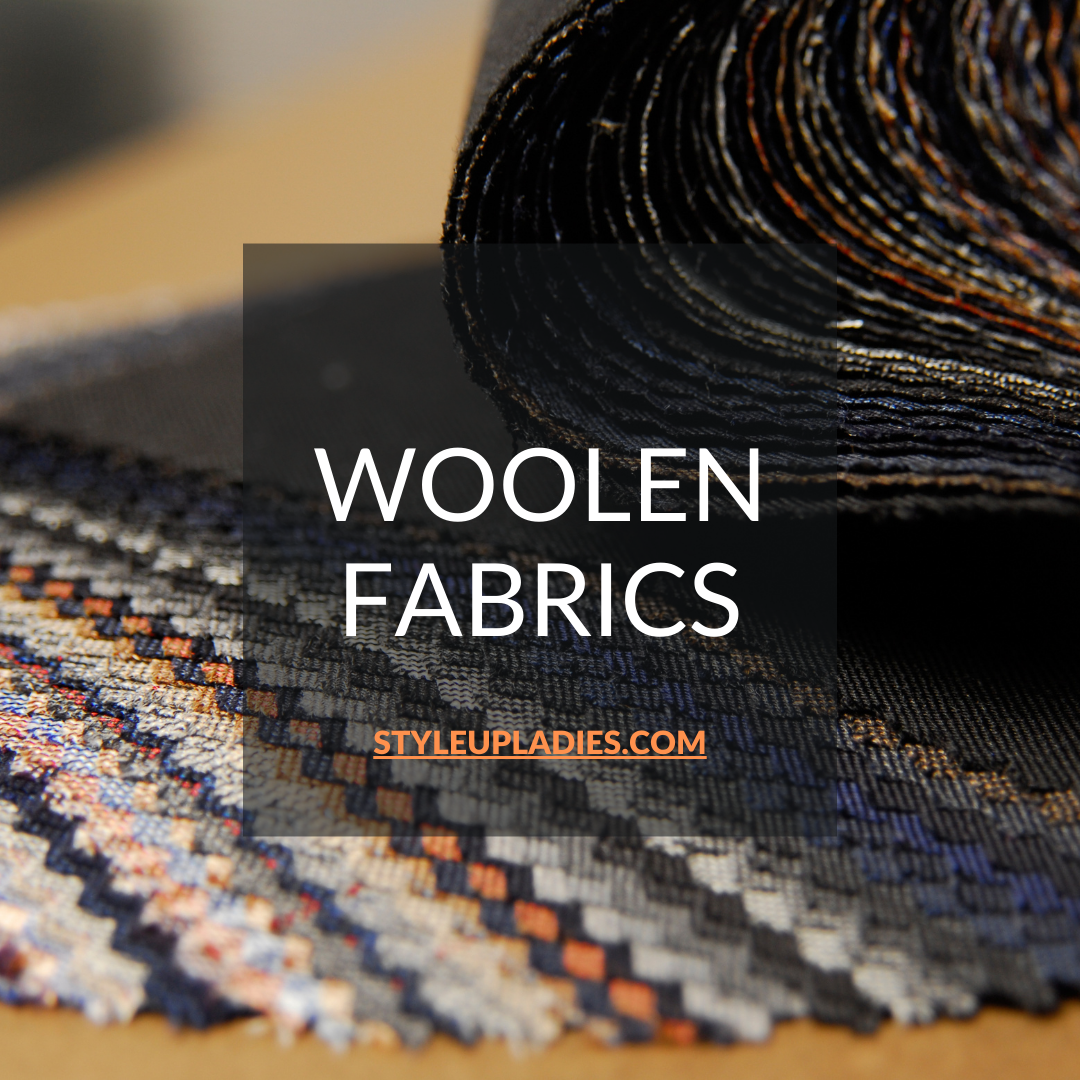

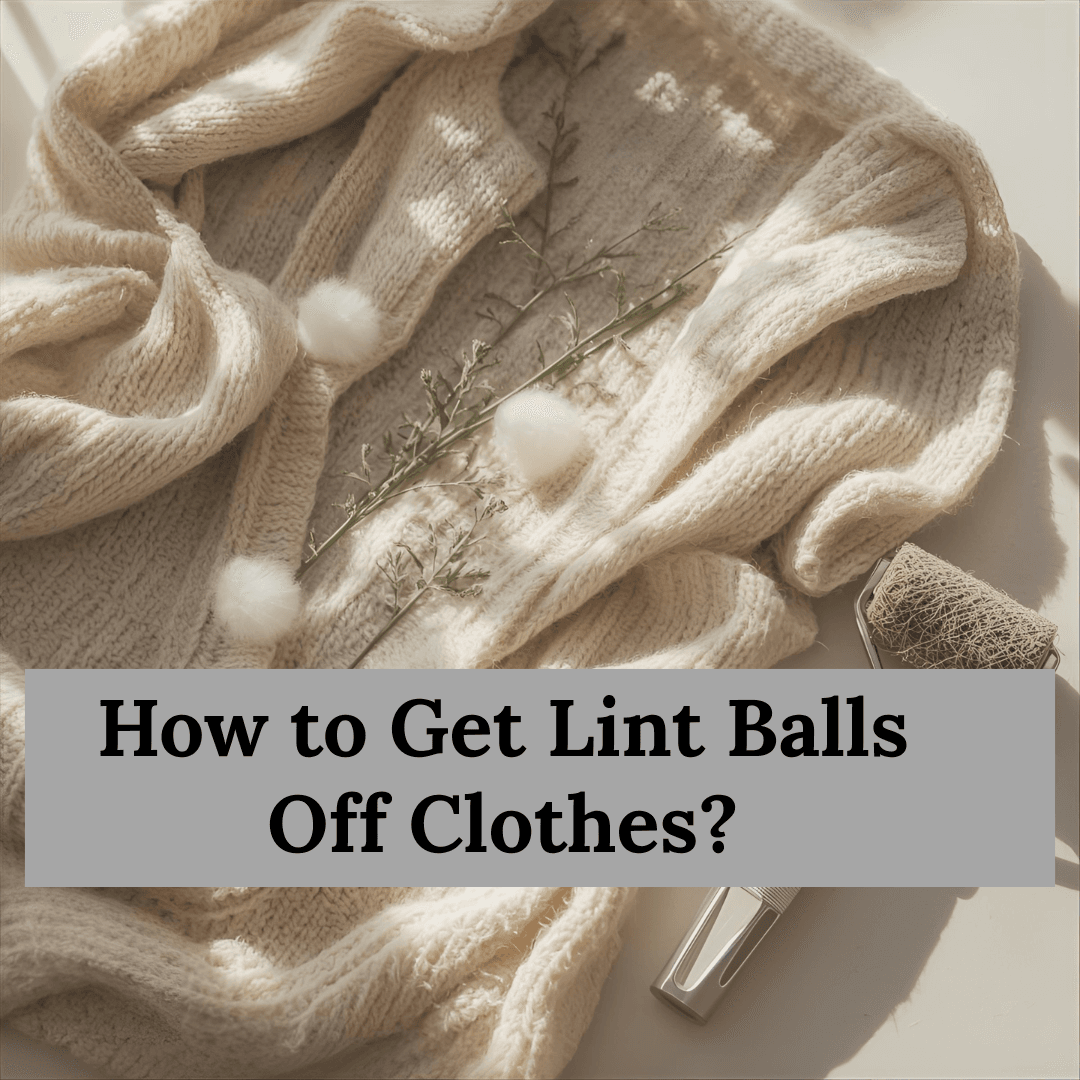
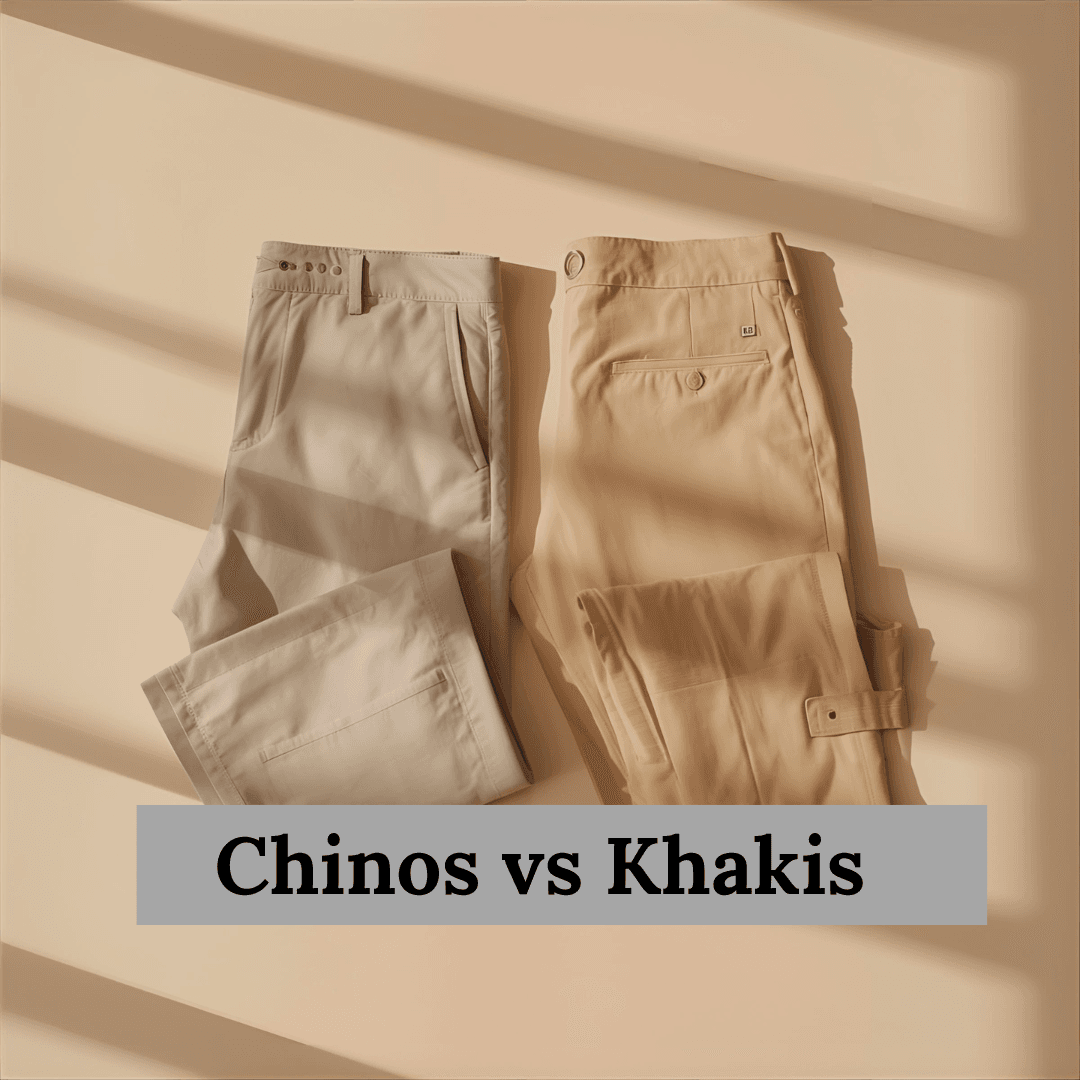




Leave a Reply